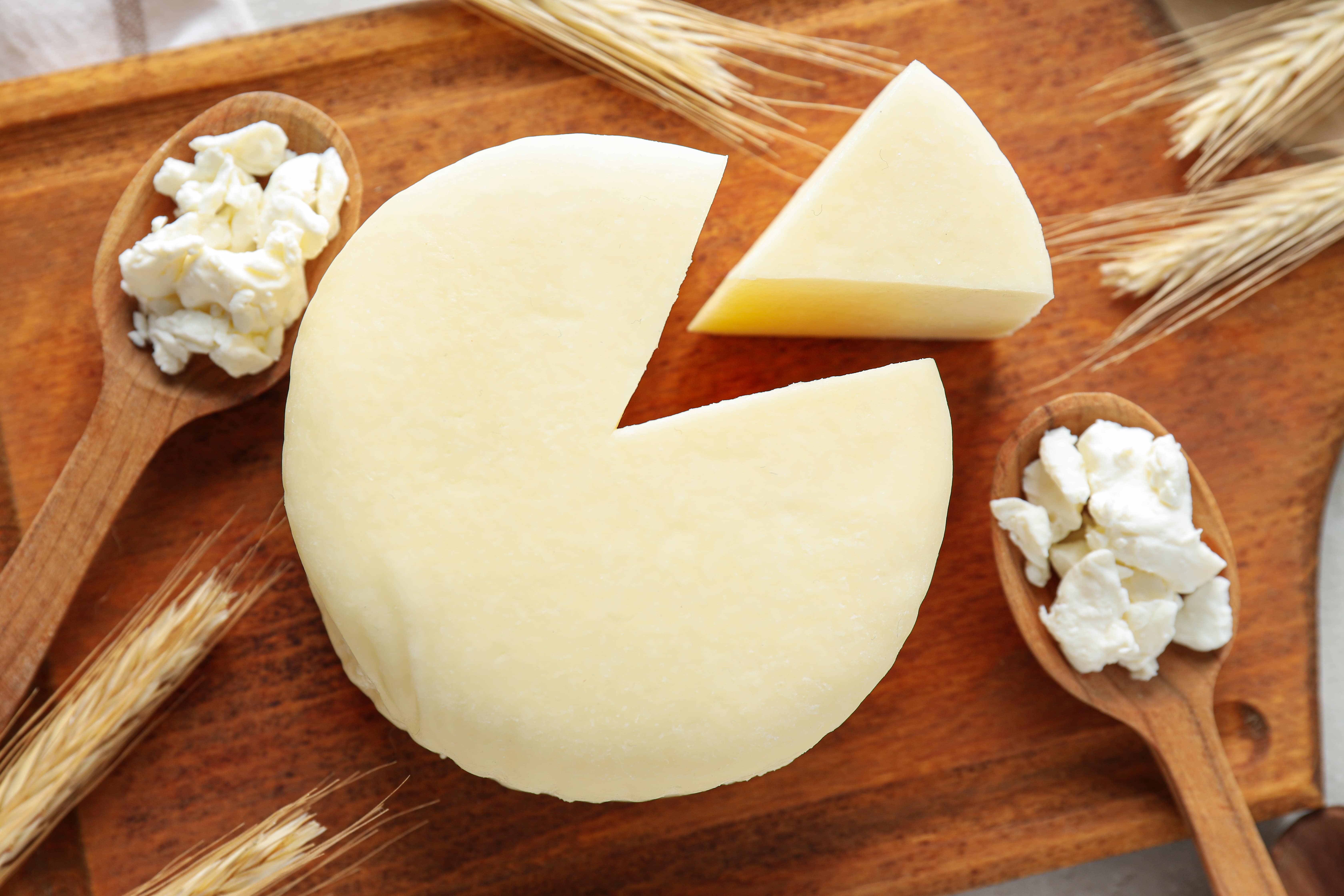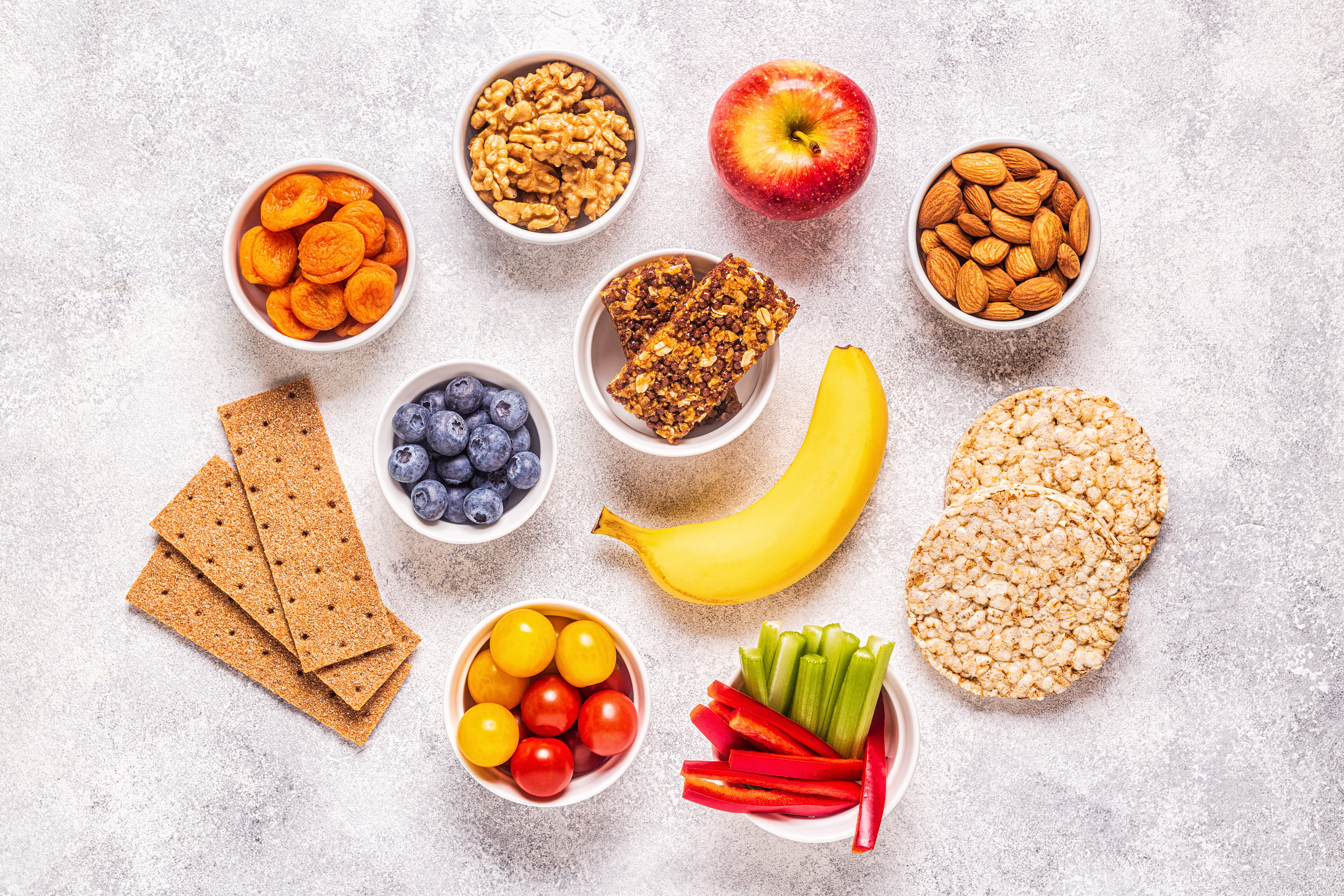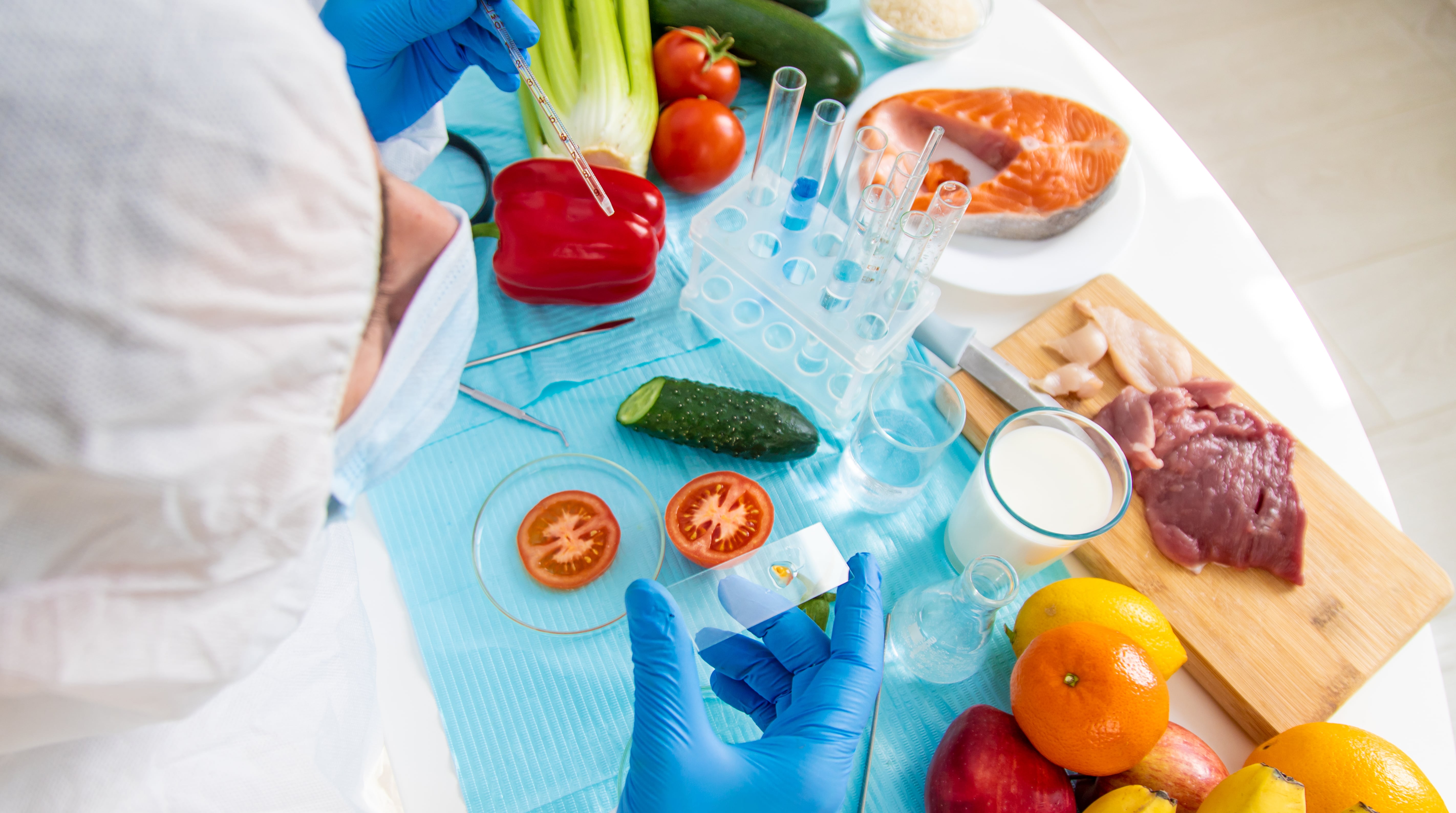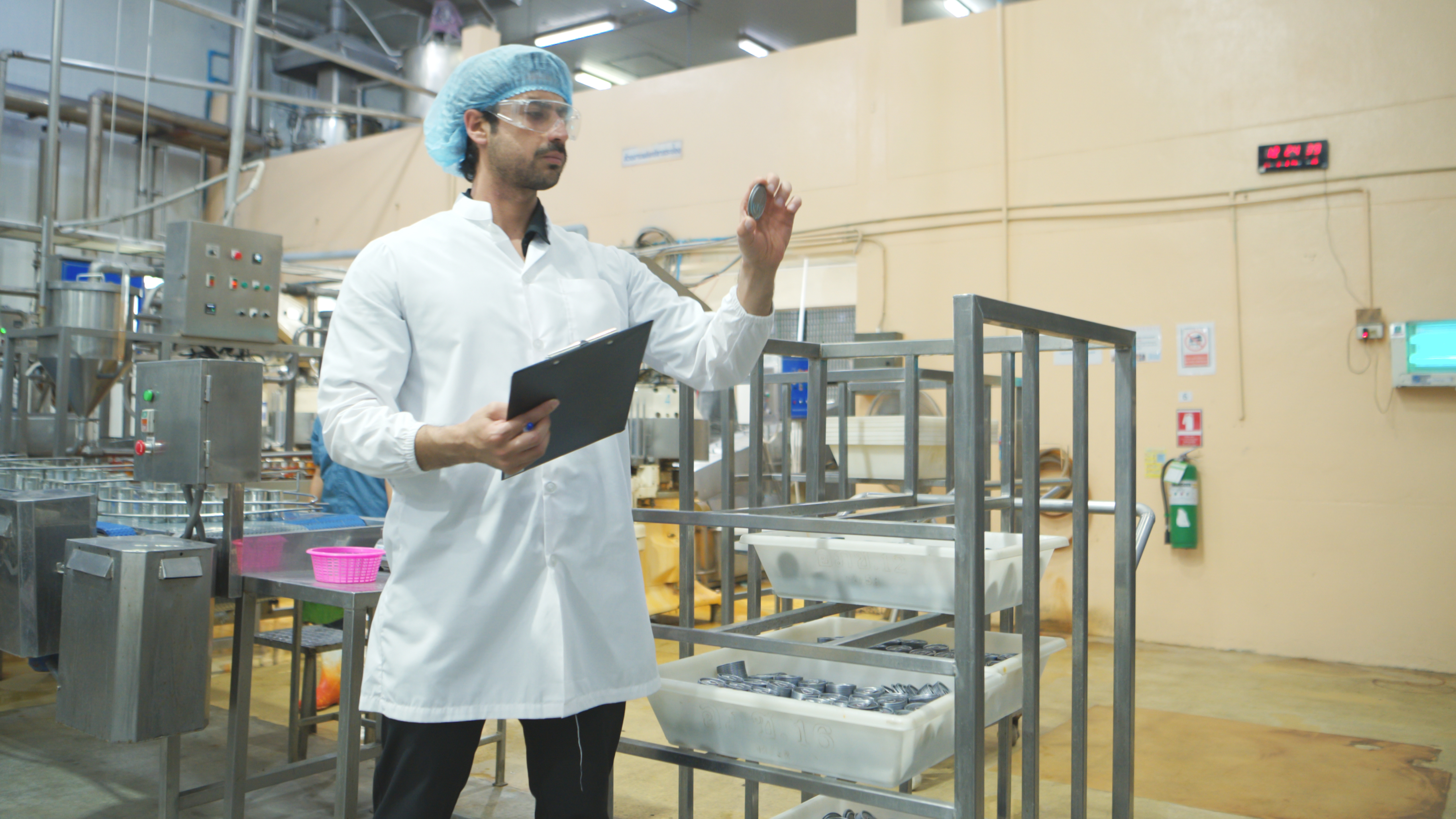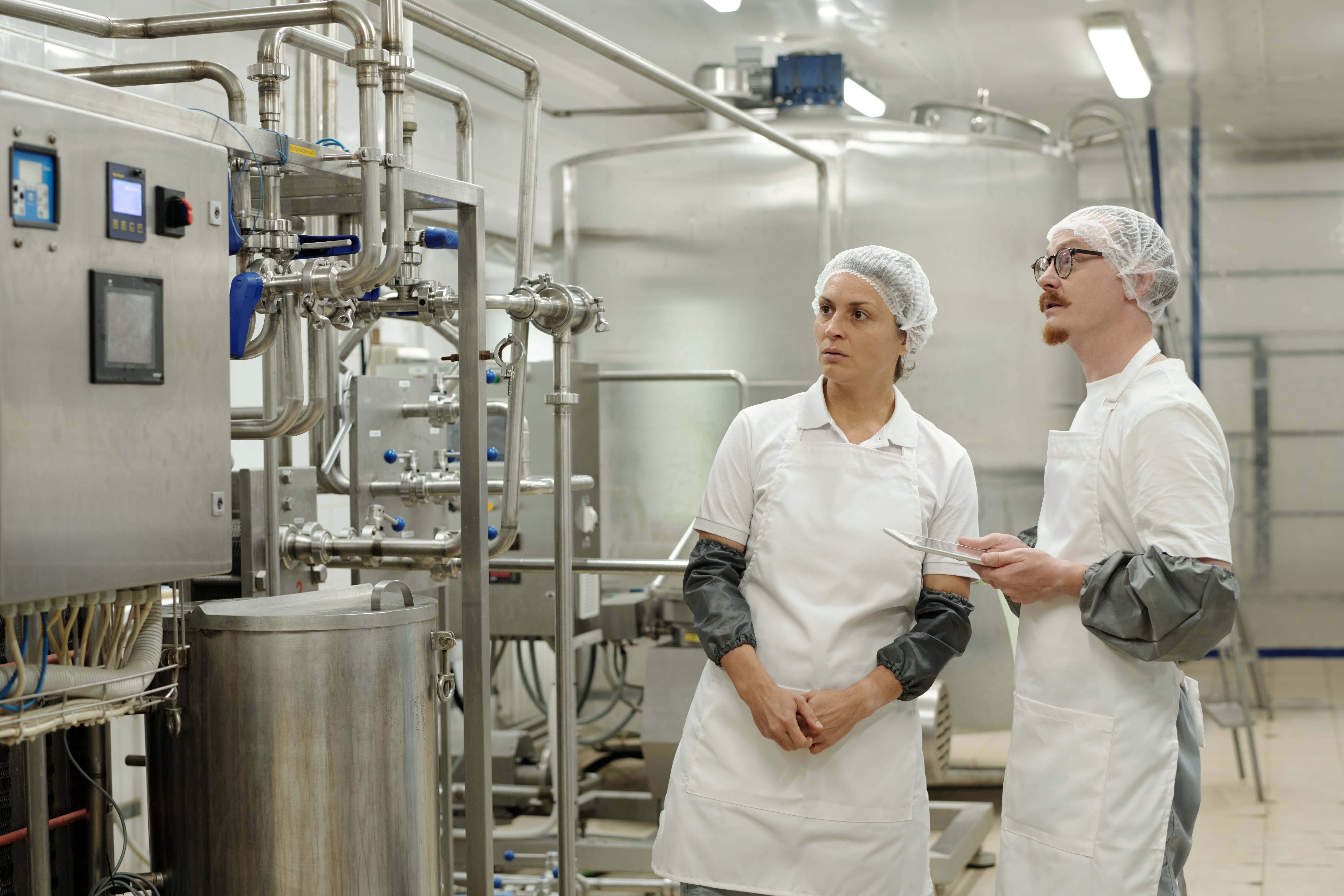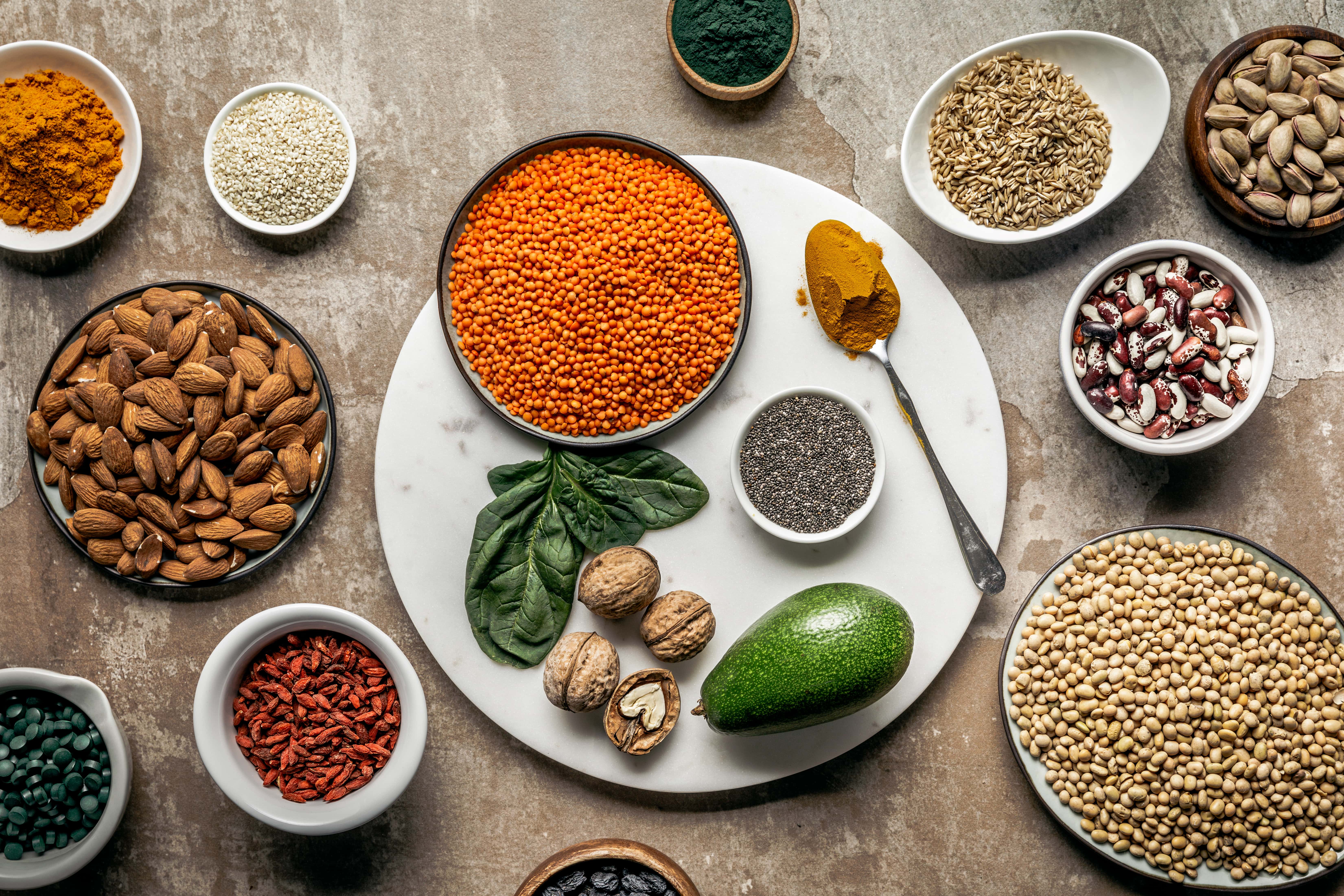Last Updated on November 20, 2025 by Admin
Table of Contents
- Historical Perspective: From Paneer to Artisanal Excellence
- The Artisanal Cheese Movement: Craftsmanship and Innovation
- Best Cheese for Eating: Savouring the Finest
- Best Cheese For Sandwich in India: Elevating The Classic
- Ensuring Excellence in Food Quality Control
- Conclusion
India has long loved dairy in the form of paneer, ghee and yoghurt. Nevertheless, a silent revolution is taking place in India’s dairy landscape: the rise of artisanal cheese. The Indian market for cheese was primarily dominated by processed cheese blocks from brands like Amul; however, now it is experiencing a surge in small-batch and handcrafted cheeses that maintain the flavour, texture and quality of their western counterparts. This blog examines the genesis of artisanal cheese in India, discusses Indian varieties of cheese, identifies which are the best cheeses to eat and use on sandwiches, looks at high-protein cheeses available in India’s domestic market as well and discusses why food quality control is paramount for this growing industry.
Historical Perspective: From Paneer to Artisanal Excellence
Cheese in India used to mean only paneer, a fresh, unaged cheese that is essential for dishes like palak paneer and matar paneer. There were regional varieties such as Kalari from Jammu & Kashmir and Bandel from West Bengal, but these remained niche because of limited production and distribution. The “White Revolution” of the 1960s, headed by Amul, introduced processed cheddar, which was widely accepted despite its rather humble taste. In most cases, these early cheeses were heavy, requiring strong seasoning to highlight their taste in sandwiches or curries.
India’s cheese industry has gone through significant transformations over the last 20 years. The growing urban middle class, increased global cuisine exposure, and gourmet product demand have steered the development of artisanal cheese in India. Retail cheese volumes almost tripled, with significant shares being taken by artisanal brands. At present, small-scale fromageries in different parts of the country are blending traditional European techniques with local ingredients, producing cheeses that are reflective of India’s diverse culinary heritage.
The Artisanal Cheese Movement: Craftsmanship and Innovation
In India, there are passionate cheese makers who prioritise quality, sustainability and innovation that have contributed to the rise of artisanal cheese. Käse, Eleftheria, Kodai Cheese, and Begum Victoria brands are revolutionising the cheese landscape through the use of milk from grass-fed cows, ethically sourced and including local flavours. For instance, Chennai-based Käse makes a charred leek feta and a milagai podi-rubbed cheddar, which is free from preservatives that are suitable for India’s climate and palate. Brunost won a silver rating at the 2021 World Cheese Awards. This whey cheese with Norwegian style has a caramel flavour produced by Eleftheria Creamery in Mumbai.
Kodai Cheese was established in Tamil Nadu in 1972, making various types of hard cheeses like parmesan, gouda or edam, sometimes spiced up with local spices such as cumin or green chilli. Similarly, Kumaoni Blessings in Delhi NCR offers natural rind cheeses coated with smoked paprika or sundried tomatoes, showcasing the fusion of global techniques laced with Indian flavors. These brands follow small-batch production methods that allow for careful food quality control to produce cheeses devoid of any additives, preservatives, or artificial flavours do not find their place on these tables.
India has a wide variety of cheeses, representing its rich culinary heritage. Besides paneer, there are other types of indigenous cheese such as Chhurpi, which is smoky and hard from the Himalayas or Chhena, which is like moist ricotta used for Bengali sweets. Kalimpong cheese has a semi-hard, gouda-like texture and comes from West Bengal with a mild flavour that is acidic, making it ideal for sandwiches or salads. Perad, a sweet guava cheese from Goa with Portuguese origins, brings an exotic taste to the world of cheeses.
India’s artisanal cheesemakers have also contributed to this expansive landscape by producing European-inspired varieties tailored to suit Indian tastes. Soft cheeses such as burrata, mozzarella and ricotta are appreciated because they have creamy textures, whereas semi-hard kinds such as gouda or cheddar are aged for better taste. Lavender-infused cheddar manufactured by Käse or the caramelised hazelnut-crusted cheese made at Kumaoni Blessings are examples of innovative ideas coming out of artisanal cheese in India. To sum up on these examples, there are many different uses for these products, some of which include: being part of a cheeseboard or incorporated into fusion dishes like cheese-stuffed dosas or pakoras.
Best Cheese for Eating: Savouring the Finest
What comes to your mind when you think of the best cheese to eat? The answer is dependent on individual taste and occasion. In terms of standalone eating, brie and burrata are some of the soft cheeses that people love because they have a rich, creamy taste. The Spotted Cow Fromagerie’s Bombrie, which is inspired by brie, can either be baked with honey and pecans or eaten with a glass of Pinot Noir for an indulging treat. Eleftheria’s truffle burrata is perfect for those who love gourmet flavours in their cheese.
Aged cheddars and goudas are suitable choices for those who like stronger, more intense flavours. Some examples include Kodai Cheese’s cumin gouda or Käse’s lavender-infused cheddar, which come with complex earthy tones that complement crackers or fruits. Chhurpi provides quite an interesting alternative for individuals who prefer intense chewy cheeses; it has a dense, smoky texture used as a trekking snacks in the Himalayas due to its long shelf life and nutrient content.
Cheese is a food that is rich in nutrients, and high-protein cheese in India is gaining popularity among the health-conscious customers. Cottage cheese leads them all with 12.9g of protein per 100 calories, making it suitable for muscle-building and weight management. For athletes and those looking to fill up, its low calorie content coupled with high protein makes it a staple diet. Another good alternative is ricotta, which has 28 grams of protein per cup; it’s fine for adding on top of salads or as a spread.
Feta has 21 grams of protein in every single cup. It goes well with vegetables and sandwiches because it’s tangy and salty. Feta also contains conjugated linoleic acid (CLA), a compound that improves body composition. The highest number of proteins per cup (29g) can be found in Parmesan cheese, also known as Parmigiano Reggiano- this one is an excellent enriching topping for pastas and soups. Mother Dairy and Amul have made cottage cheese and feta more accessible, while small producers like Begum Victoria sell organic, high-protein products such as Havarti, a firm type of cheese having a fresh texture and other nutritional benefits at the same time.
Best Cheese For Sandwich in India: Elevating The Classic
Deciding on the best cheese for a sandwich in India would involve consideration of desired texture and flavour. For grilled sandwiches and paninis, mozzarella is preferred, thanks to its stretchy and melty nature. Processed mozzarella by D’lecta and Amul is widely available, but if you are looking for a more delicious one, then consider artisanal versions from Flander Diary or ABC Farms, which have a richer, grassier taste. If you’re looking to add sharp savoury cheddar to your sandwiches with chutneys or vegetables, then Mother Dairy’s cheddar slices offer a convenient option for quick sandwiches.
Feta adds a creamy, tangy twist that works great with greens or roasted vegetables in sandwiches. Infused with olive oil and spices, Käse’s marinated feta takes the whole sandwich experience to another level. Havarti from Begum Victoria has a buttery, slightly sweet profile that melts wonderfully, making it suitable for gourmet sandwiches served with meats or pickles. Another segment of cheeses that caters to both convenience and quality includes these ones available through stores such as Nature’s Basket or online platforms like BigBasket.
Ensuring Excellence in Food Quality Control
Rigorous food quality control is the key to the rise of artisanal cheese in India. Unlike processed cheeses, which depend on stabilisers and emulsifiers, artisanal cheeses use natural ingredients and ethical sourcing. However, there are obstacles such as inconsistent milk quality—over 68% of India’s milk does not meet safety standards—and insufficient cold-chain infrastructure. Brands like Käse and Kodai Cheese have overcome these hurdles by sourcing their milk directly from ethical dairy farmers and using state-of-the-art European methods of maintaining cleanliness and uniformity.
Preservative-free cheeses require stringent food quality control measures to maintain their authenticity. Artisanal cheese makers practice strict hygiene protocols, test regularly for contaminants, and adopt sustainable approaches in order to produce safe, premium products. For example, Käse’s involvement in hiring differently abled women as well as obtaining milk from free-range animals shows that quality control has an ethical element as well. All these measures guarantee that consumers savour nourishing, flavoursome cheeses which meet international standards.
Read Also: What Is Cheese and How Many Types Are There?
Conclusion
The rise of artisanal cheese in India marks a significant shift in the country’s culinary landscape, driven by a growing appreciation for high-quality, locally crafted dairy products. Artisanal cheesemakers are blending traditional Indian dairy heritage with global techniques, creating innovative flavours like saffron-infused Gouda and chilli-crusted cheddar. This movement, fueled by increasing consumer awareness, rising disposable incomes, and exposure to international cuisines, is carving a niche in both domestic and global markets. Despite challenges like distribution and consumer education, the industry’s growth, exemplified by award-winning brands like Eleftheria, signals a promising future for India’s artisanal cheese revolution.



